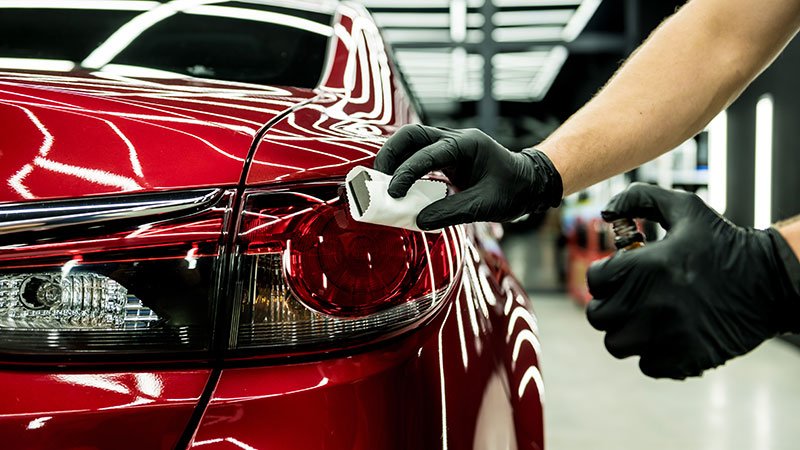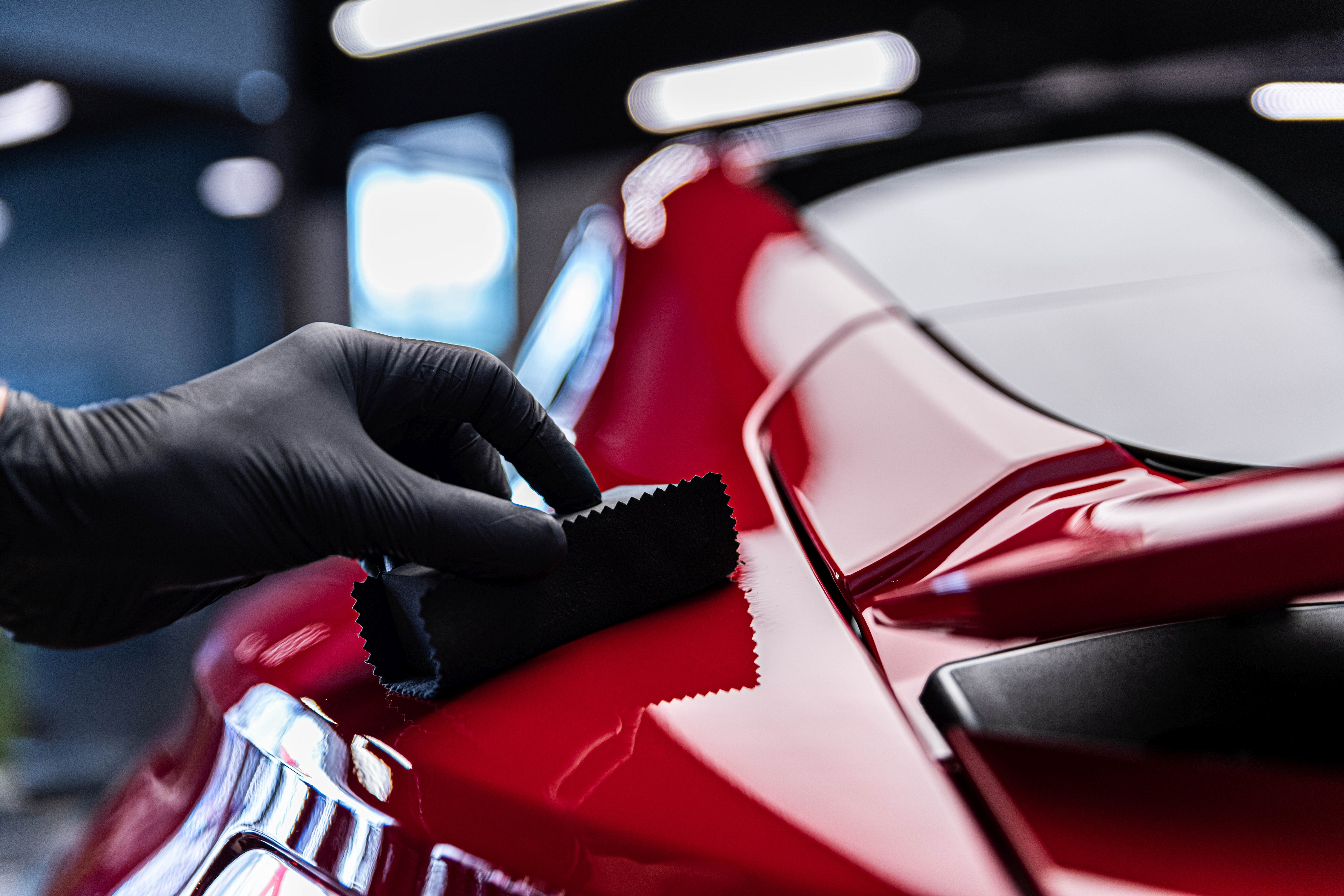Find top-quality car detailing services for a like-new car finish.
A Comprehensive Overview to the Kinds Of Ceramic Finishing on the marketplace
Ceramic finishes have arised as an essential service across different sectors as a result of their unique buildings and applications. From silica-based formulas recognized for their effectiveness to hybrid options that combine several advantages, the selections offered can be frustrating. Understanding the subtleties of each kind, including their particular advantages and suitable usage cases, is crucial for making educated decisions. As we check out the distinctive attributes and applications of these coatings, the ramifications for performance and longevity end up being significantly noticeable, elevating concerns concerning which type might finest match your needs.
Comprehending Ceramic Coatings
Ceramic layers are sophisticated safety remedies that have actually acquired popularity in various markets, especially in vehicle and aerospace applications. These finishes are composed of a fluid polymer that, when cured, creates a sturdy, hydrophobic layer externally of the substratum. This layer gives boosted resistance to ecological pollutants, UV radiation, and chemical exposure, thereby expanding the life and visual charm of the underlying material.
The basic part of ceramic finishes is silica, which adds to their firmness and toughness. The application process generally entails surface area preparation, application of the covering, and healing, which can be accomplished through warm or UV light. Once treated, ceramic finishings exhibit remarkable bonding buildings, permitting them to adhere highly to a range of surface areas, consisting of steels, plastics, and glass.
In addition to their safety functions, ceramic coatings additionally offer convenience of maintenance. Their hydrophobic nature decreases the adherence of dirt and gunk, making cleaning easier and less frequent. On the whole, the adoption of ceramic coverings stands for a significant advancement in surface area defense innovation, giving both practical and visual benefits throughout multiple industries.
Sorts Of Ceramic Coatings
Various kinds of ceramic coverings are offered, each made to meet particular efficiency requirements and applications - Car Detailing. The most typical types consist of:
Silica-based Coatings: These coverings largely consist of silicon dioxide and are known for their durability and chemical resistance. They are extensively made use of in automotive and industrial applications.
Titanium Dioxide Coatings: Distinguished for their photocatalytic residential or commercial properties, titanium dioxide finishings are typically applied in atmospheres where self-cleaning and antifungal homes are desirable, such as in structure products and auto coatings.
Zirconia Coatings: Characterized by their high-temperature security and thermal resistance, zirconia coatings are used in applications such as generator engines and high-performance auto elements.
Alumina Coatings: Displaying exceptional hardness and thermal security, alumina finishes are often utilized in wear-resistant applications, including reducing tools and industrial equipment. - Paint Protection Film
Hybrid Coatings: Combining the buildings of various products, hybrid coatings use boosted efficiency qualities, making them ideal for special and demanding applications.
Each kind of ceramic coating offers unique purposes, permitting click over here now individuals to choose the most appropriate service based upon specific ecological problems and performance demands.
Benefits of Ceramic Coatings
Coatings play a vital function in boosting the performance and durability of surface areas throughout various markets. Ceramic coverings, in specific, More hints deal various benefits that make them progressively preferred among makers and customers alike. Among the primary advantages is their outstanding resilience. These finishes are immune to scratches, chemicals, and UV rays, making certain that the underlying surface stays safeguarded over time.
In addition to durability, ceramic finishes give outstanding hydrophobic residential or commercial properties, permitting very easy cleansing and upkeep. This water-repellent nature decreases the adherence of dust, grime, and other impurities, which can prolong the aesthetic charm and functionality of the surface. Ceramic finishings can considerably enhance thermal resistance, making them optimal for applications that withstand high temperatures.

Application Process
When using ceramic finishes, a meticulous technique is crucial to accomplish optimal outcomes. A clean surface ensures proper adhesion of the coating.
Once the surface is prepped, the following step is to use the ceramic coating. The covering must be used in thin layers, as thicker applications can lead to unequal surfaces.
After application, the layer calls for a certain treating time, generally varying from a couple of hours to a full day, depending on the item. Following these steps vigilantly will maximize the effectiveness and long life of the ceramic finish, supplying a sturdy safety layer for the surface.
Upkeep and Durability
To make certain the longevity and efficiency of a ceramic finishing, normal upkeep is vital. Ceramic coatings, known for their resilience and safety top qualities, require certain treatment regimens to maximize their lifespan and performance.
Along with normal washing, regular inspections are vital. Seek signs of wear or damage, such like it as hydrophobic buildings diminishing or surface area blemishes. If necessary, a light polish may be applied to rejuvenate the coating without stripping it away.
Moreover, the application of a booster spray can boost the layer's hydrophobic impacts and restore its gloss. This is particularly advantageous for layers that have been in use for a prolonged period. Eventually, by adhering to these maintenance methods, one can dramatically prolong the life of a ceramic coating, guaranteeing that it proceeds to supply optimum defense versus environmental elements and keep the visual appeal of the automobile.
Final thought
